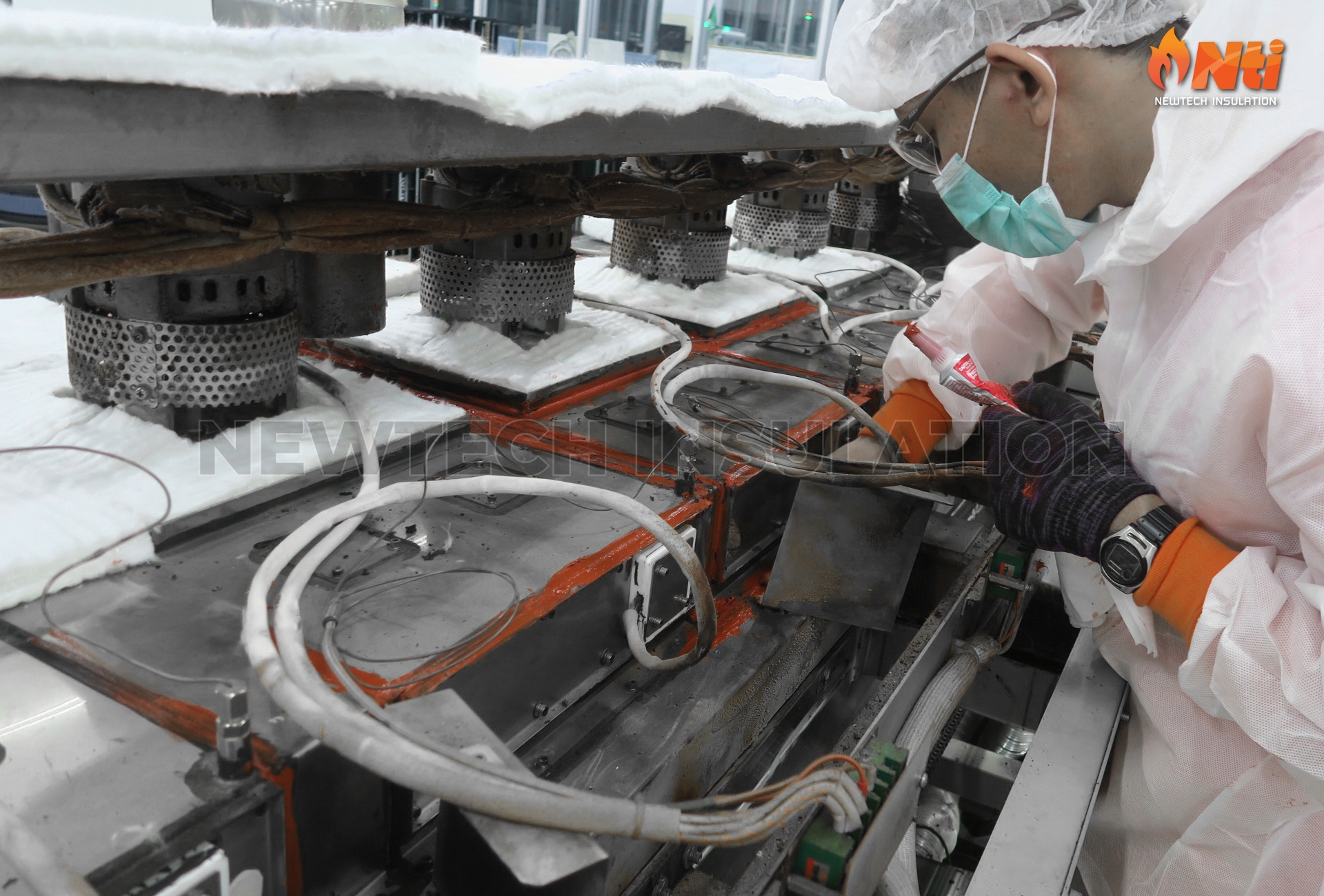
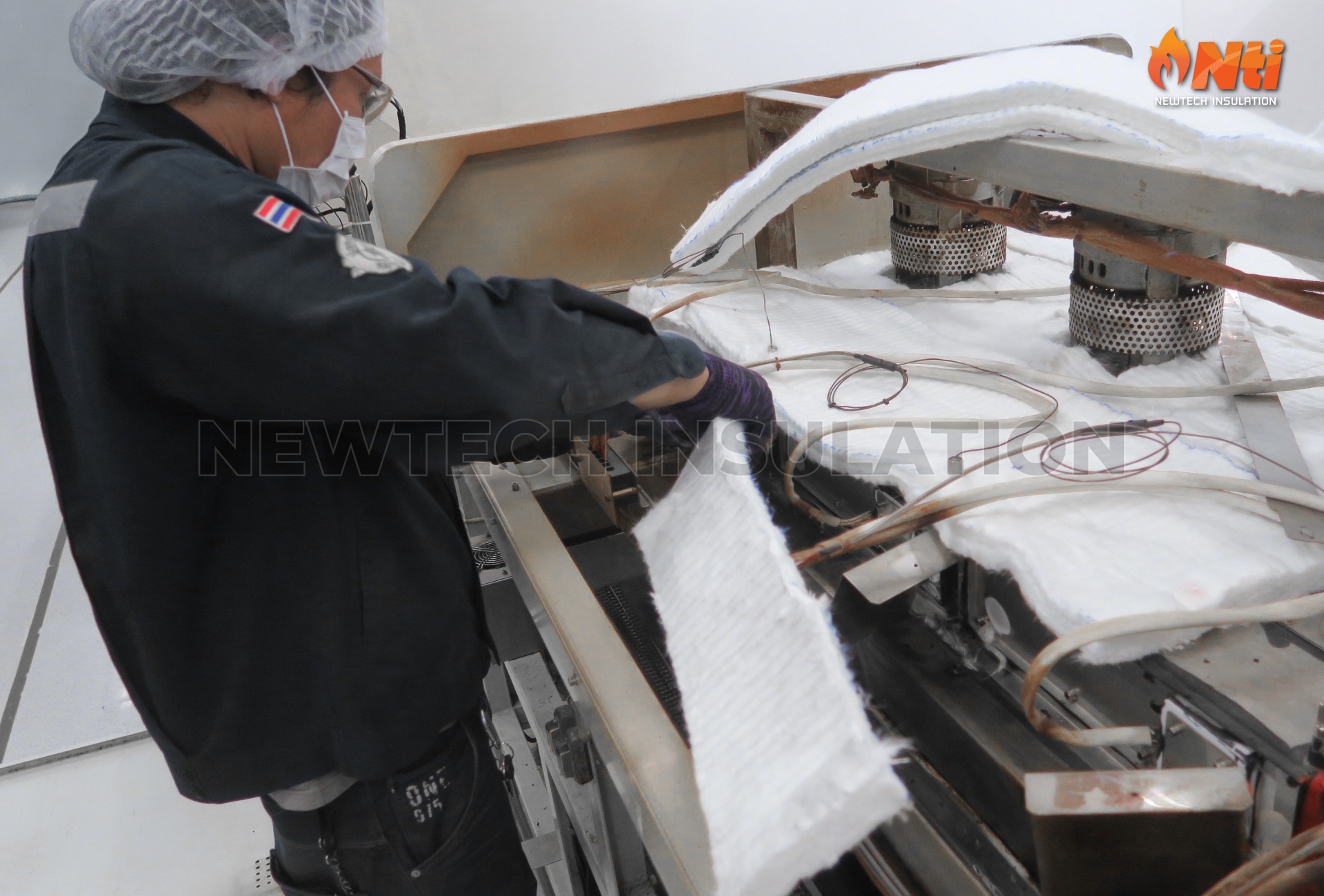
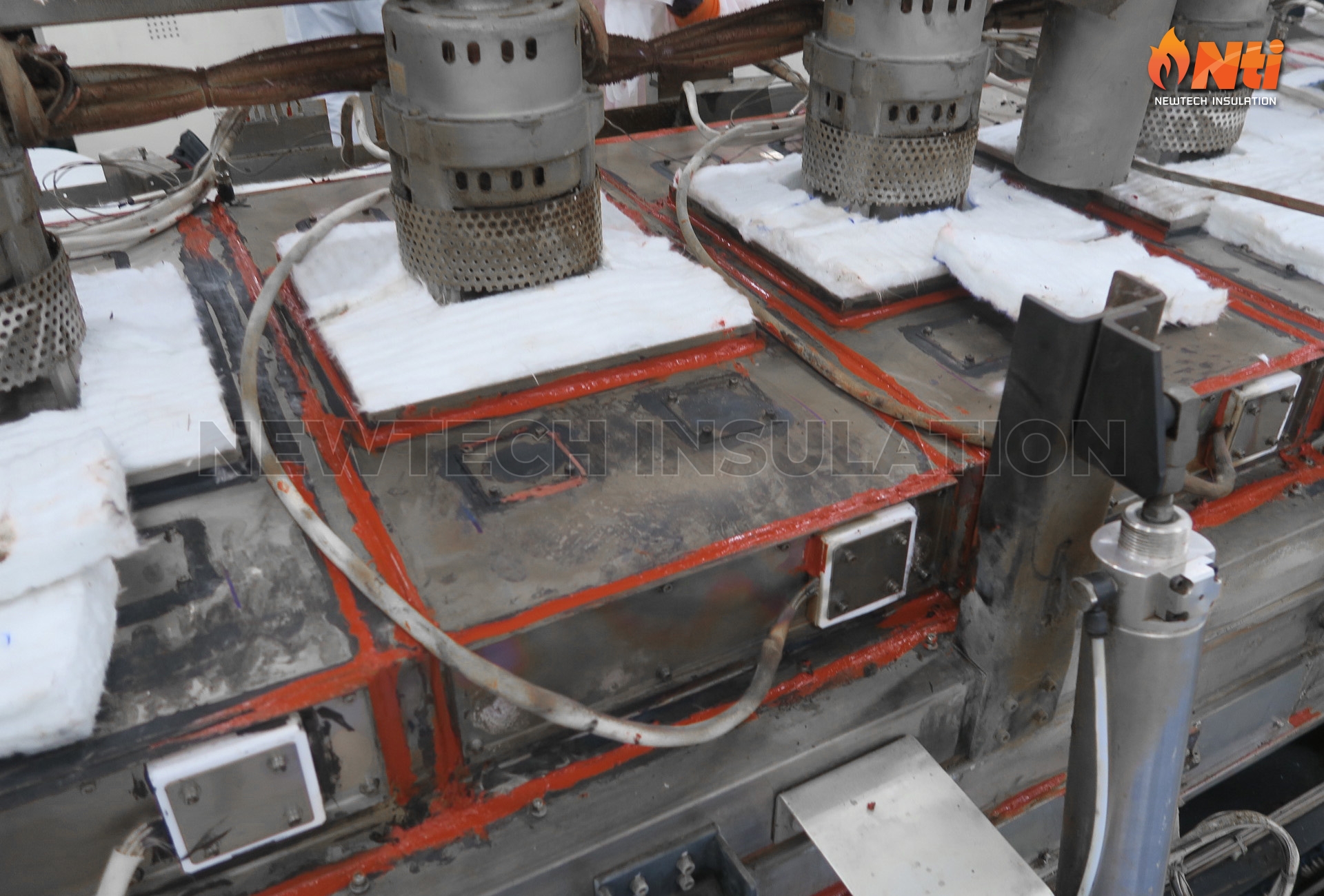
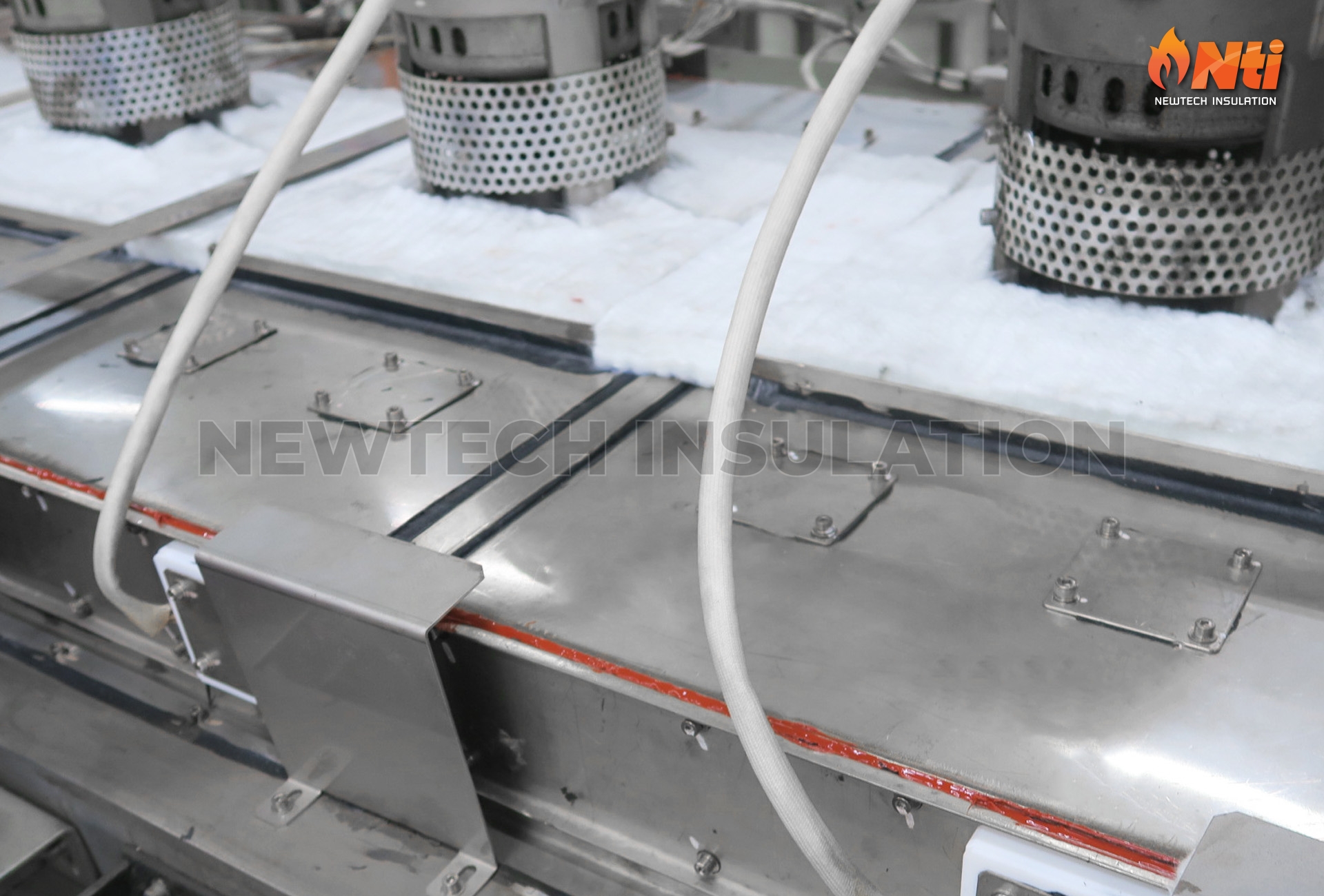
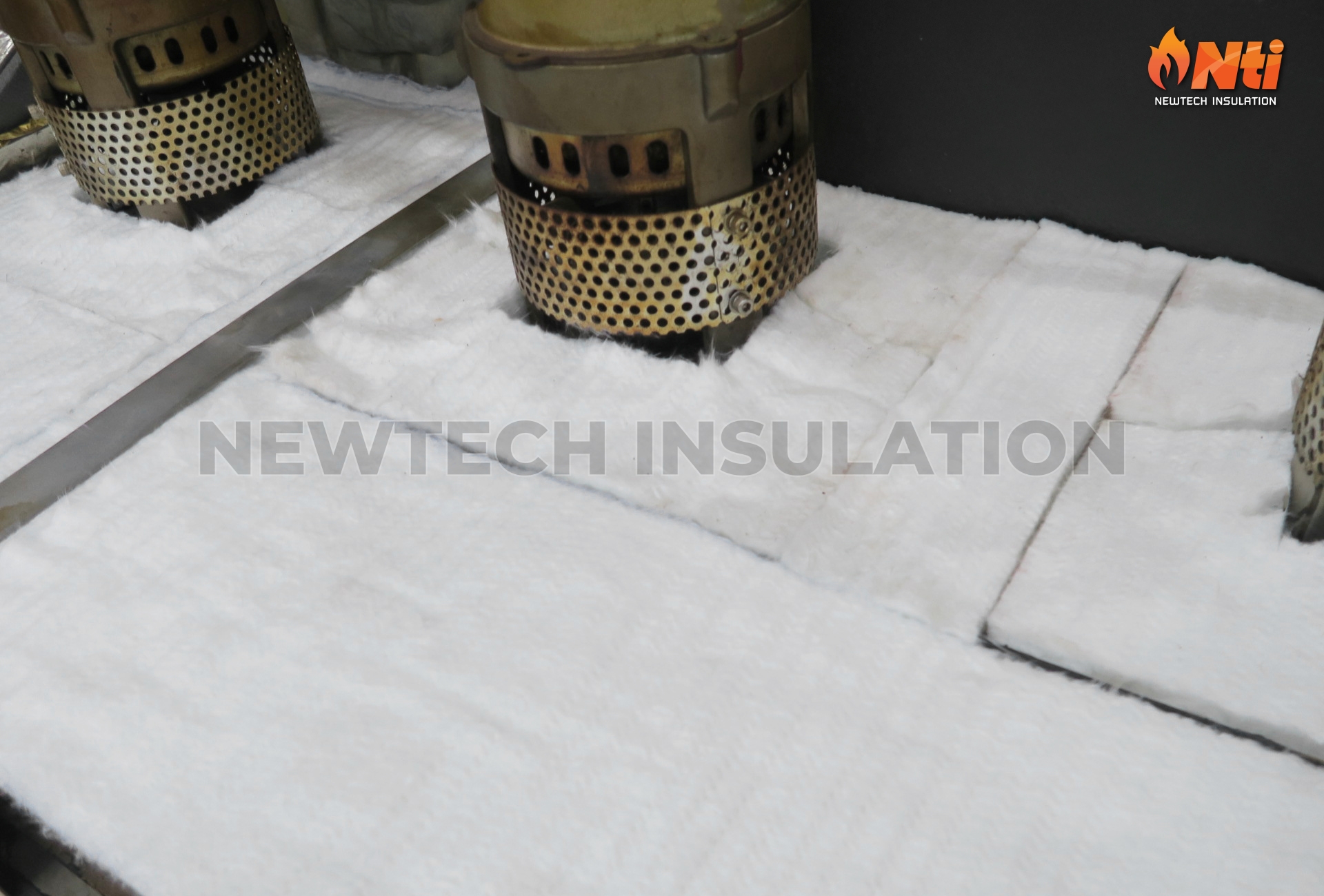
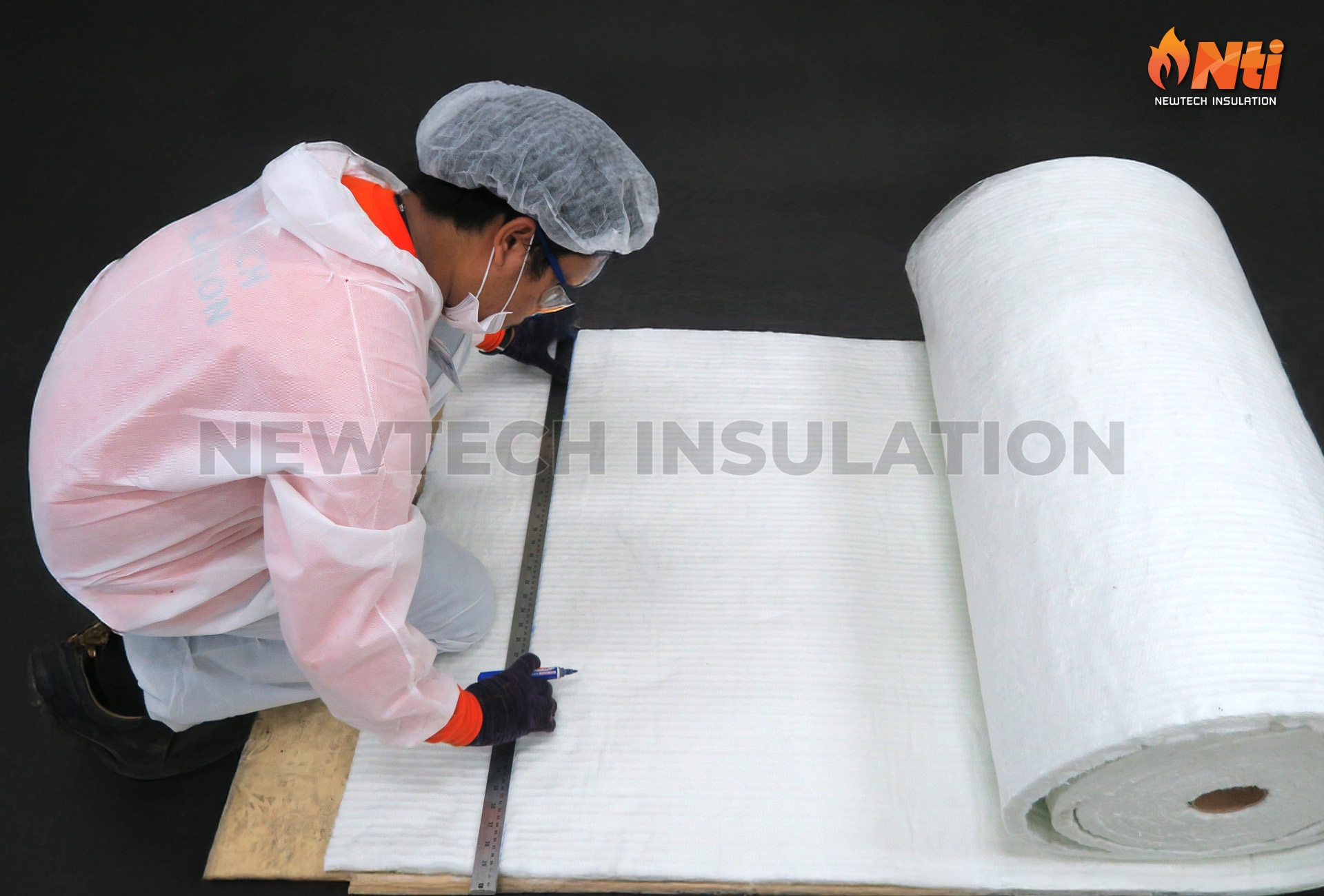






Any unauthorized copying, reproduction, modification, or distribution of any part of this content is strictly prohibited without written permission from Newtech Insulation Company Limited. Any violation will be prosecuted to the fullest extent of the law.
For those who have had to decide on thermal insulation thickness, you’ll recall two major factors: the surface temperature of equipment requiring insulation and its operating duration after insulation. These two factors are crucial for calculating Return on Investment (ROI). This article will compare calculations from actual site work for two insulation thicknesses: 25mm and 50mm.
For example, consider an electric oven requiring insulation with a total area of 20 m², average surface temperature of 150°C, operating 24 hours per day for 26 days per month, and room temperature of 32°C. The average electricity cost is 3.80 Baht/unit.
|
Variable Insulation Thickness |
Surface Temp (°C) |
Heat Loss (W/m^2) |
Efficiency (%) |
|
Bare |
149.8 |
1742.00 |
|
|
15.0 |
62.2 |
325.60 |
81.31 |
|
25.0 |
50.5 |
182.00 |
89.56 |
|
40.0 |
45.5 |
126.60 |
92.73 |
|
50.0 |
42.7 |
97.16 |
94.42 |
|
65.0 |
40.9 |
78.86 |
95.47 |
|
80.0 |
39.6 |
66.38 |
96.19 |
|
90.0 |
38.7 |
57.32 |
96.71 |
|
100.0 |
38.0 |
50.44 |
97.11 |
1) Calculations for 25mm Insulation (Density 160 kg/m³)
2) Calculations for 50mm Insulation (Density 160 kg/m³)
Conclusion
Comparing both insulation thicknesses reveals that 25mm is more suitable for this application than 50mm. The efficiency difference is only about 5%, while the price difference is 30%. The 25mm insulation has a shorter ROI, with only about 7°C surface temperature difference. This demonstrates that greater thickness isn’t always more appropriate and serves as an example of selecting suitable thermal insulation thickness for industrial problem-solving.